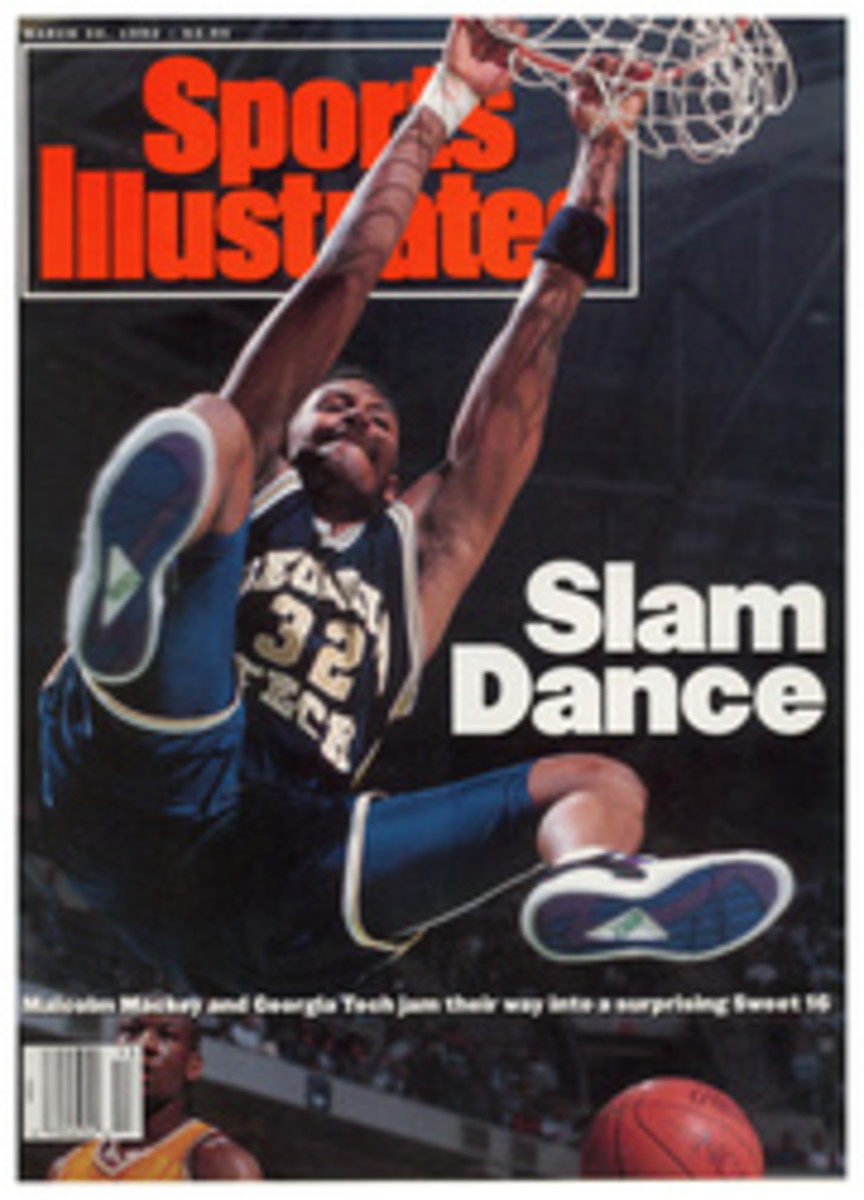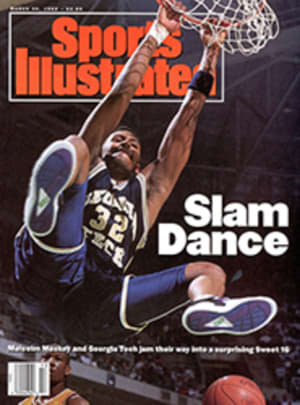
Baseball's Forgotten Pioneers
Seventy-seven-year-old Bill Wright lives in a tiny, crumbling house in Aguascalientes, Mexico, barely able to walk because his feet are twisted with arthritis and he's unable to afford surgery. Things were different a half century ago, when he was a strapping young outfielder and gifted hitter for the Elite Giants of the old Negro leagues. In the 1930s and '40s, he dazzled the thousands of fans who crammed into parks to see him and teammates like Roy Campanella and hundreds of other black players.
One of those watching was Brooklyn Dodger president Branch Rickey, who saw the talent of those black players. He also saw how many fans paid to sec them. The annual East-West Classic, the Negro league all-star game, filled Comiskey Park; the New York Black Yankees drew crowds of 30,000 and more to Yankee Stadium; and cities such as Kansas City supported the Negro league Monarchs on a par with major league teams in other cities. Rickey wanted those fans, too, so in 1945 he chose Jackie Robinson to be the man who would break major league baseball's color barrier.
The fact is, Wright, and many like him, had almost as much to do with the integration of baseball as did Robinson. Yet Wright now lives in poverty and obscurity, as do so many other former Negro league ballplayers. George Giles, a Negro league first baseman between 1927 and '38, spent his years after baseball living in the back of a convenience store in Manhattan, Kans. When I visited him there last June, he showed me his "Hall of Fame"—a cinder-block wall covered with clippings of himself and of his grandson, Brian Giles, a journeyman infielder who played in the major leagues in the 1980s. George Giles told me he was barely making ends meet, and he asked if I had heard whether baseball ever was going to "do something for us." He died on March 3.
Most of the 140 or so former Negro league players who are still alive played for $2 a week in meal money and $60 a month in salary, wages that sometimes went unpaid. They were called "nigger" as often as they were called by name. They often traveled by bus for days to get to the next game, and sometimes they played as many as four games in one day. They changed clothes in farmhouses, and they shared bathwater—when they could get it—with teammates.
By the time blacks were allowed to play in the major leagues, most of the Negro league stars were too old and road weary to be of interest to American and National league teams. And with the integration of the game, the Negro leagues died out. "We held no grudges," Wright says, "because we had so much fun."
Willie Grace, 73, a Negro league outfielder for nine years who now is nearly blind and living alone in Erie, Pa., says, "Heck, we would have played for nothing." Which is about all they are getting in return from the game—no pension or health insurance. What little baseball-related assistance they receive comes from the limited resources of two charities.
Baseball Assistance Team (BAT), an organization funded by contributions, with its expenses underwritten by Major League Baseball, has helped many down-and-out former ballplayers, including 24 ex-Negro league players, on the basis of need. One of BAT's vice-presidents is Joe Black, a former Negro league and Brooklyn Dodger pitcher. He visited training camps in Arizona last spring and approached over two dozen current black players and coaches, and he asked them for contributions to BAT. Seven players and coaches—Dusty Baker, Andre Dawson, Ken Griffey Sr., Ken Griffey Jr., Willie McGee, Kevin Mitchell and Dave Stewart—signed sizable checks. The rest had conveniently forgotten their wallets and checkbooks. What most of today's stars don't realize is that the efforts of people like Wright, Giles and Grace paved the way for the Dwight Goodens and the Bobby Bonillas to sign $5 million contracts.
The Negro League Baseball Players Association, established two years ago by two ardent baseball fans in New York, attorney Ed Schauder and music producer Richard Berg, has raised about $40,000, which has been distributed to some Negro league players through licensing royalties, honorariums for speaking engagements or direct grants. The association also arranges for former players to appear at memorabilia shows at which they sell their autographs on trading cards produced for them by the association. Still, the players often take home little money because most collectors have no idea who they are. Willie Mays once gave $100 handshakes to each of the Negro league players attending a show with him because he knew they hadn't made nearly enough to justify their 2½-hour appearance.
The best way to recognize the contributions made by the Negro league players would be for Major League Baseball to set up a special fund for them and to vigorously solicit contributions. After all, Rickey made his decision to sign a black player not only because it was morally correct, but also because it made financial sense. Last August, Southern Bell, Major League Baseball and the Atlanta Braves honored more than 70 former Negro league stars at a reception in Cooperstown. The pride these men felt that night at the Hall of Fame, and the camaraderie they shared, was remarkable. Baseball commissioner Fay Vincent thanked the men for having given so much of themselves to the game.
The start of another baseball season should remind us that it's time these players received something in return.
PHOTO
PETER READ MILLER

